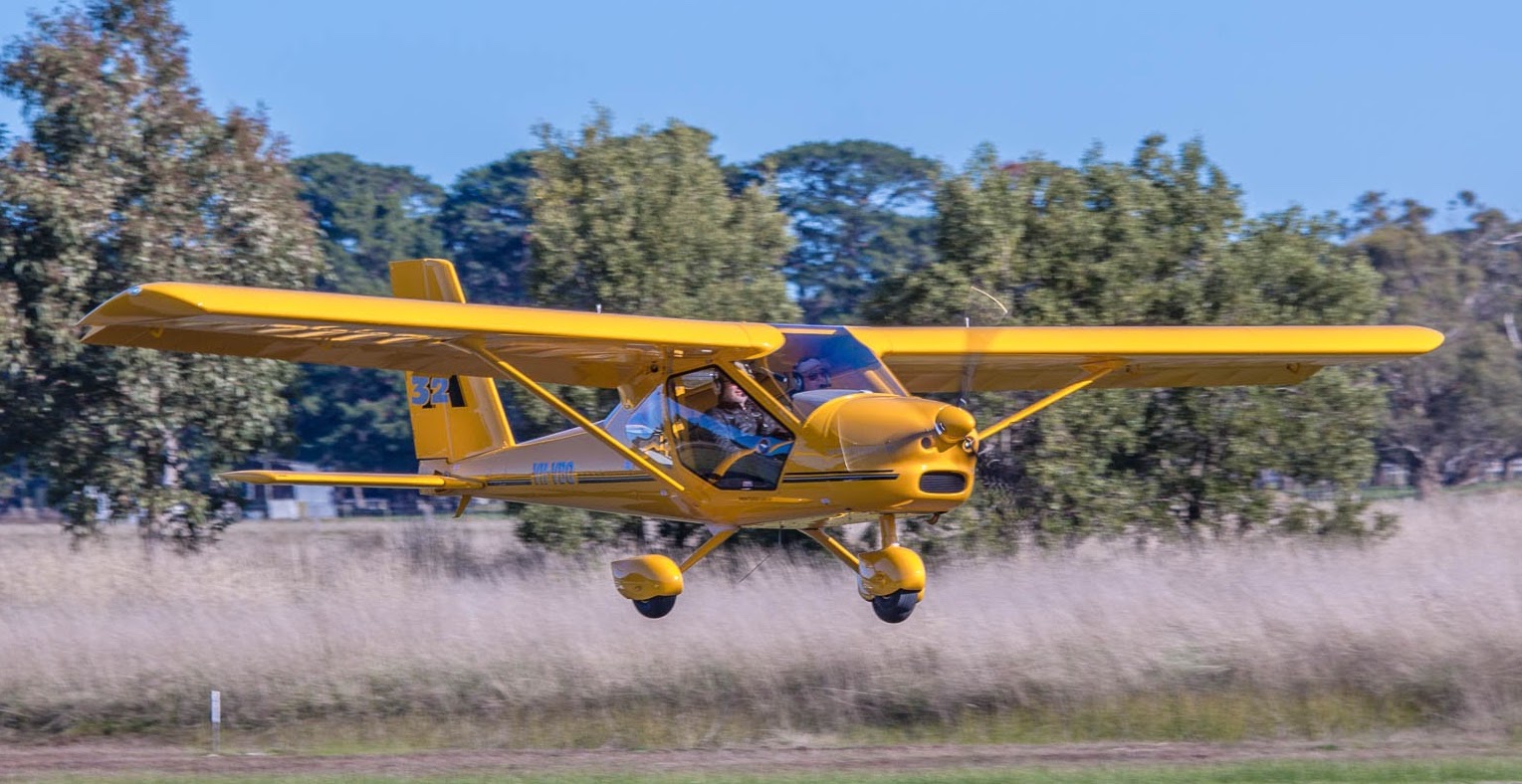 Probably the most common comments I get from student pilots – and quite a few experienced pilots too – are about their perceived skills needed to land a light sport/recreational aircraft. In many cases, pilots make comments like: “I pulled back on the controls to flare and the aircraft just ballooned” or “it just seems to float and float along the runway; it just doesn’t want to land”.
Probably the most common comments I get from student pilots – and quite a few experienced pilots too – are about their perceived skills needed to land a light sport/recreational aircraft. In many cases, pilots make comments like: “I pulled back on the controls to flare and the aircraft just ballooned” or “it just seems to float and float along the runway; it just doesn’t want to land”.
Both of these events when landing an aircraft – ballooning and floating – have their own dangers for the pilot, which if not anticipated and handled correctly can result in a bent aeroplane…or worse.
So here are a few tips on how to get it right.
In simple terms, almost all balloons and floats during landing are caused by excess speed over the landing threshold. Unfortunately, many instructors have a habit of telling their students to add 5 or 10 knots to their approach speed ‘for safety’. In reality, in light sport aircraft in ‘normal’ conditions, they are often actually reducing the margin of landing safety by doing so. And this habit of adding speed to the book figure becomes instilled as a very hard-to-break habit. My own pilot training, now many many years ago, involved adding approach speed in certain circumstances and, even now, I have to fight the impulse to add speed when landing in the A22LS Foxbat and A32 Vixxen.
Let’s go ballooning
So, what’s wrong with more speed? There are two main reasons but first, remember light sport and recreational aircraft are very low weight (read: low inertia) aircraft. So, like a small car, these types of aircraft will change direction much more quickly than a limo, a ute or a truck. Not that I’m suggesting your average Cessna/Piper etc are trucks…. As a result, when landing, the controls are much more effective than bigger GA aircraft. At only slightly faster speeds the controls are even more powerful, so if you are too fast when you pull back to flare, the aircraft will not just flare, it will start to climb again, even with the engine at idle. This is called ‘ballooning’. When you go ballooning, the impulse is to push the nose down to reduce the sudden climb. Unless you are very quick (and/or experienced) you’re likely in for a bent nose leg and/or busted propeller. Another alternative, just holding back the controls during the balloon, can result in a stall from an ‘unsuitable’ height above the runway, leading to a (very) heavy landing, which could damage the landing gear or worse.
How about a bit of floating?
Next reason why too much speed is dangerous: even if you flare correctly without ballooning, the aircraft is still going too fast to land. Instructor: “Just try to skim the runway; don’t let the aircraft land; try to keep it flying as long as you can, slowly pulling back on the controls until the aircraft slows and the main wheels touch down”. This is all absolutely fine, unless you are carrying excess speed, in which case you’ll end up flying a long way down the runway before you touch down. And skimming along the tarmac (or grass) at relatively slow speed for a few hundred meters at just a few feet of height is tricky enough for an experienced pilot, let alone a novice. Throw in some cross wind, and/or a gust or two, and the risk of disaster rises exponentially! After a period of ‘skimming’ without landing, there is a huge temptation to let the nose drop a bit (or worse, push it down), just to get the wheels on the runway, and this can have two potential results: (a) because you’re still going too fast, the nose wheel touches down first and you’ll bounce/balloon, or (b) the impact will bend the nose leg and maybe bust the prop – if you’re lucky.
There are remedies for both ballooning and floating after they start but the easiest solution is not to let them happen at all!
Calculating the correct threshold speed
Which is where we get back to speed. There’s a GA rule of thumb about landing speed over the threshold. This says you should aim for about 1.3 times stall speed in landing configuration. As an example, with a stall speed of 45 knots the aim is (technically) 58.5 knots over the threshold – which is usually rounded to 60 knots. With low-inertia light sport aircraft, which have lower landing speeds, it’s probably safer to go for about 1.75 times stall speed, as wind gusts can be a much higher proportion of approach speed. So, for a stall speed of 28 knots (A22LS Foxbat) the threshold speed should be about 49 knots – which is exactly what the pilot manual gives. Note – this is 20 KNOTS above the stall speed!! If you come in at 55-60 knots over the threshold, you are flying about twice as fast as the stall speed – no wonder the aircraft is difficult to land!
What a drag
There are big differences in drag between aircraft. And drag affects how quickly the aircraft slows down when you throttle back for landing. The more the drag, the quicker the aircraft will slow down and vice-versa. To some extent, high-drag aircraft are easier to land than their more slippery siblings. As you cut power and round out to land, they will slow down more quickly, so if you are a few knots over the correct speed, they will help you out by slowing quickly. However, the more slippery the aircraft, the more accurate you need to be with the threshold speed; this is because if you are faster than you should be, the speed will not wash off quickly and ballooning and floating become much more likely.
As a comparison, our A22LS Foxbat is much much draggier than the A32 Vixxen. This is clearly evidenced in the fuel economy and cruise speeds. While the book figures for landing threshold speeds are much the same at 49 knots, coming in at 55 knots in the Foxbat will still allow you a reasonably easy landing. Try it in the Vixxen and because of its low-drag airframe, you’ll probably do a lot more floating. Add yet another 5 knots ‘for safety’ and even the Foxbat will take a while to land and the Vixxen will take you all the way down the runway into the fence at the end.
Landing weight
There’s an important additional piece of information needed here – the landing weight of the aircraft. All manufacturers quote stall speeds at maximum gross weight – for light sport aircraft, this is 600 kgs. If the stall speed is 28 knots at 600 kgs, it will be noticeably slower at (eg) 450 kgs actual weight, which in an A22LS Foxbat equates to the aircraft with one pilot and 50 kgs (70 litres) of fuel. In fact, it could be as much as 3-4 knots slower. Re-calculating the approach speed for this weight: (eg) 25 kts x 1.75 = 44 kts.
Hopefully, instructors teach their students properly about the difference weight can make to stall – and thus landing – speeds. This is particularly important for light sport aircraft, where the pilot, passengers, fuel and baggage make up a much bigger proportion of the weight and therefore have a much more significant effect on speeds than heavier GA aircraft.
Wind
Finally, a point about wind. I’ve often heard it said you should add 5-10 knots to your approach speed if the wind is across the runway and/or gusty. The idea being that if the wind suddenly drops during your approach, the aircraft is still going fast enough to keep flying above stall speed. In heavier GA aircraft, this may well be valid, as using the throttle to regain speed to arrest the momentum of a sudden descent takes time. However, modern light sport aircraft are much more responsive to throttle than their older GA counterparts, so I would never add more than 5 knots to the ‘book’ approach speed in a cross or gusty wind and use the throttle to stop descent quickly if a sudden drop occurs due to a gust.
In summary – read the pilot manual for your aircraft to check the threshold speed for that specific type – do not rely on rules of thumb, like “all aircraft are OK at 60 knots” down final and over the threshold. If the manual gives 49 knots at gross weight stick to it and – if it’s a light sport aircraft – even a bit slower if you do not have a passenger and/or lots of fuel. If you don’t stick to the book speeds, you are looking for trouble and for sure, you’ll end up ballooning or floating and sooner or later you’ll bend something. Hopefully, not yourself or your passenger!
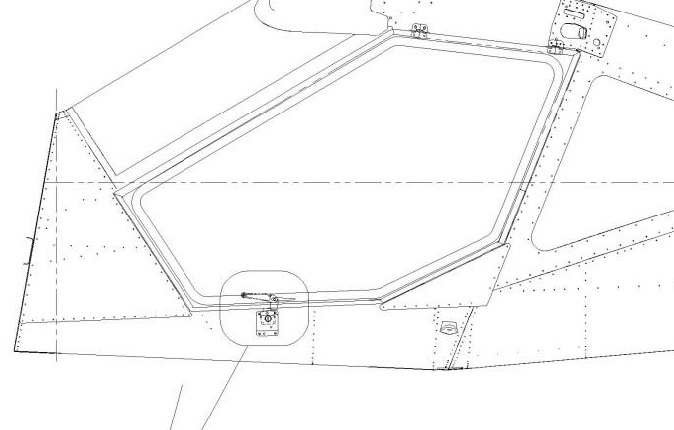 Aeroprakt has issued a safety bulletin covering the door latches on A32 Vixxen aircraft, serial numbers 02-28. Compliance with this bulletin is required before the next flight of the aircraft.
Aeroprakt has issued a safety bulletin covering the door latches on A32 Vixxen aircraft, serial numbers 02-28. Compliance with this bulletin is required before the next flight of the aircraft.
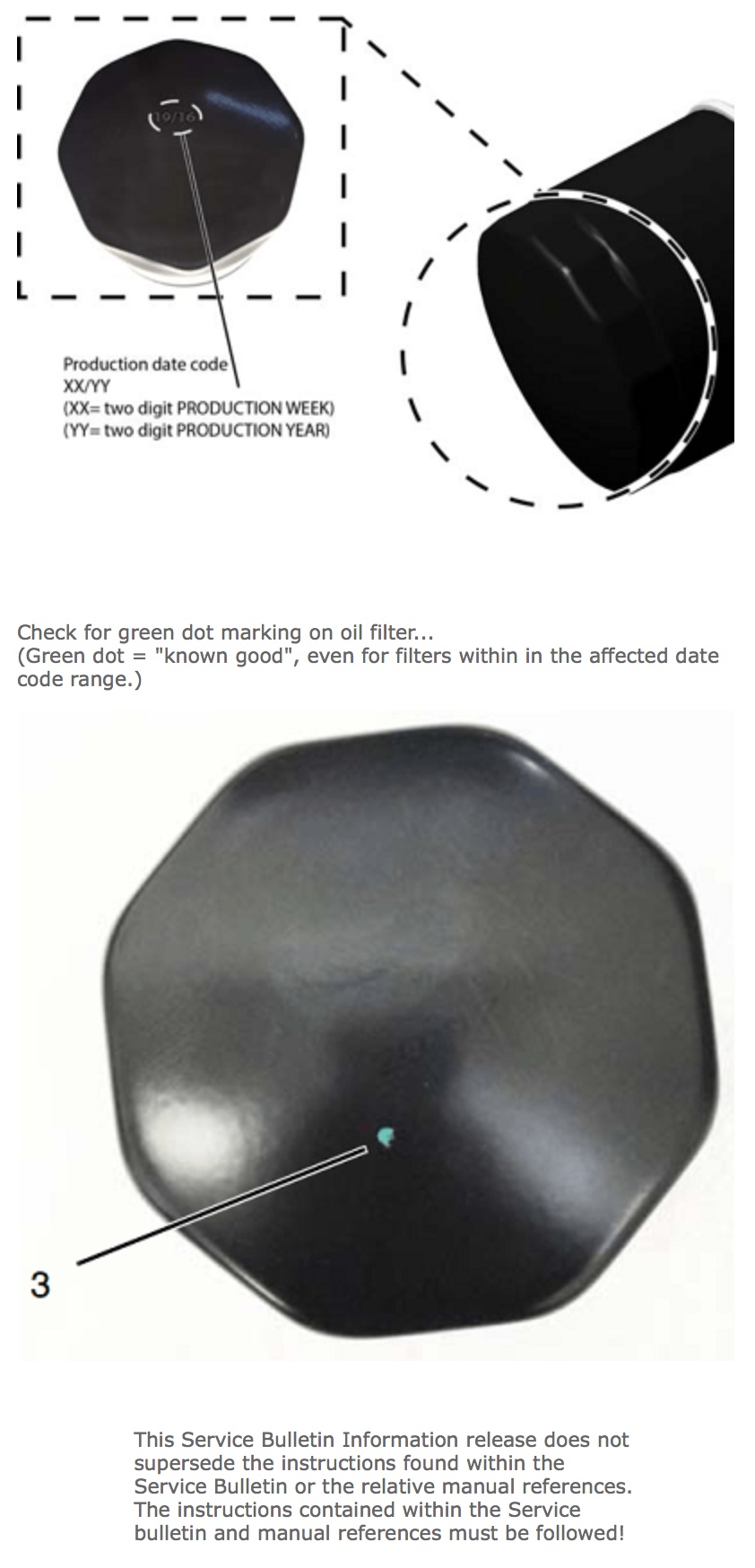 Rotax has issued a new mandatory service bulletin covering their oil filters –
Rotax has issued a new mandatory service bulletin covering their oil filters – 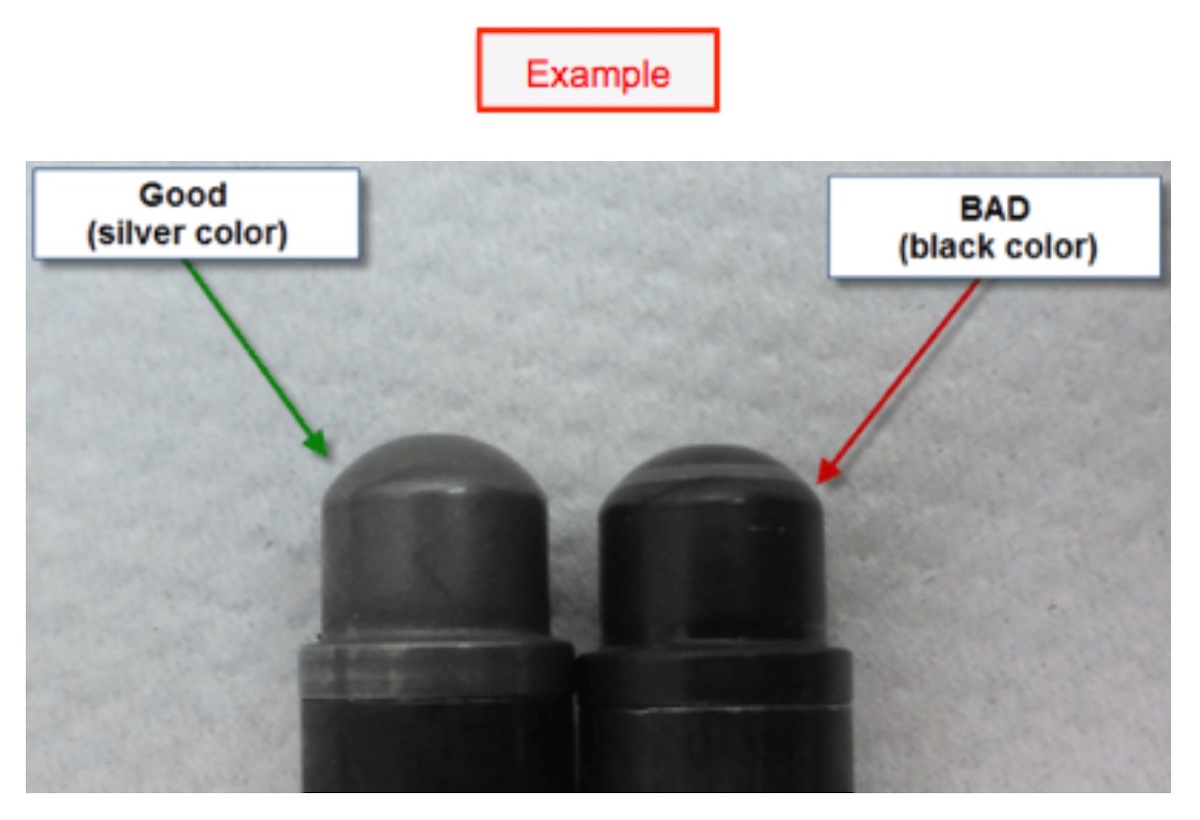
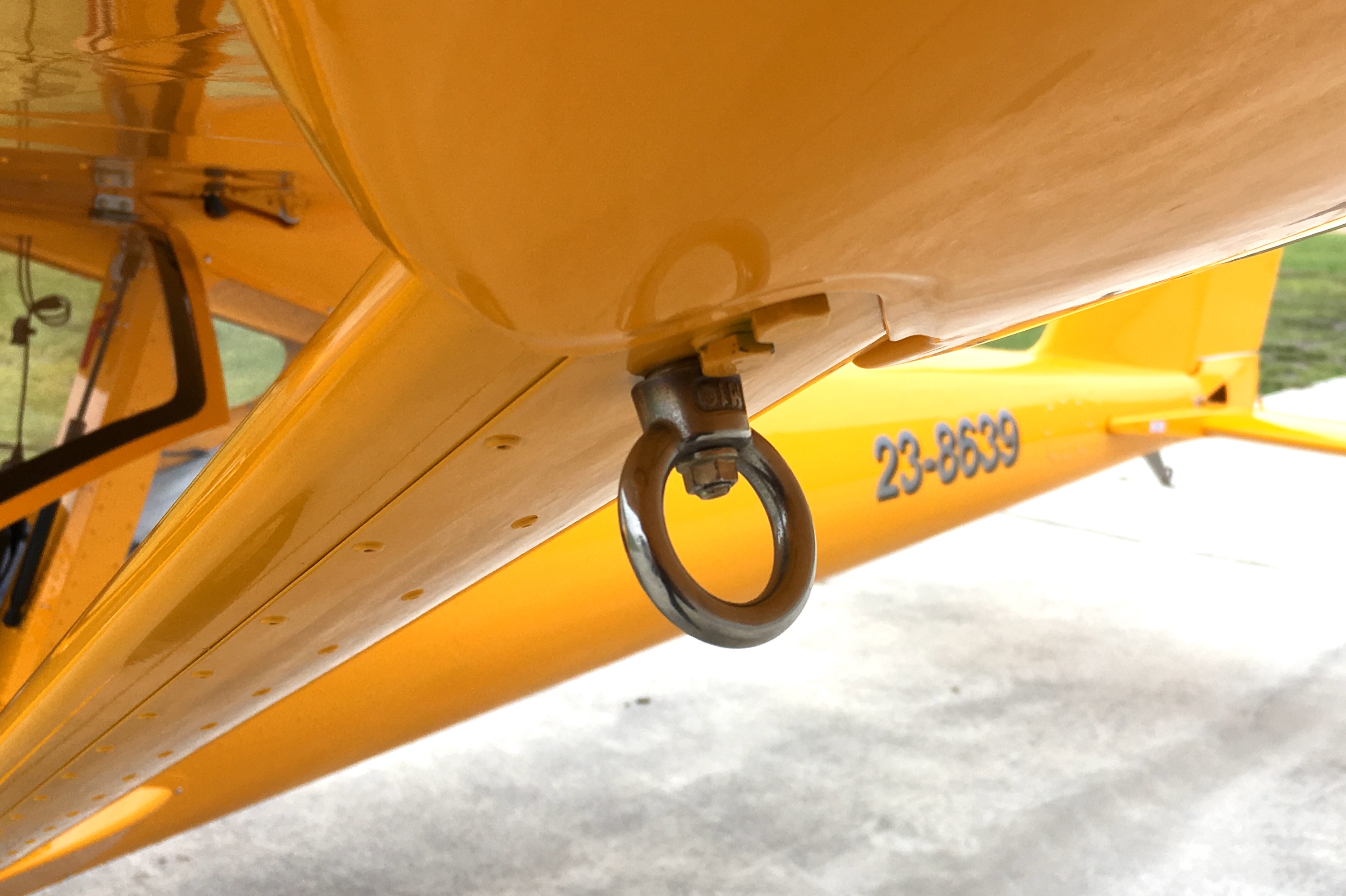
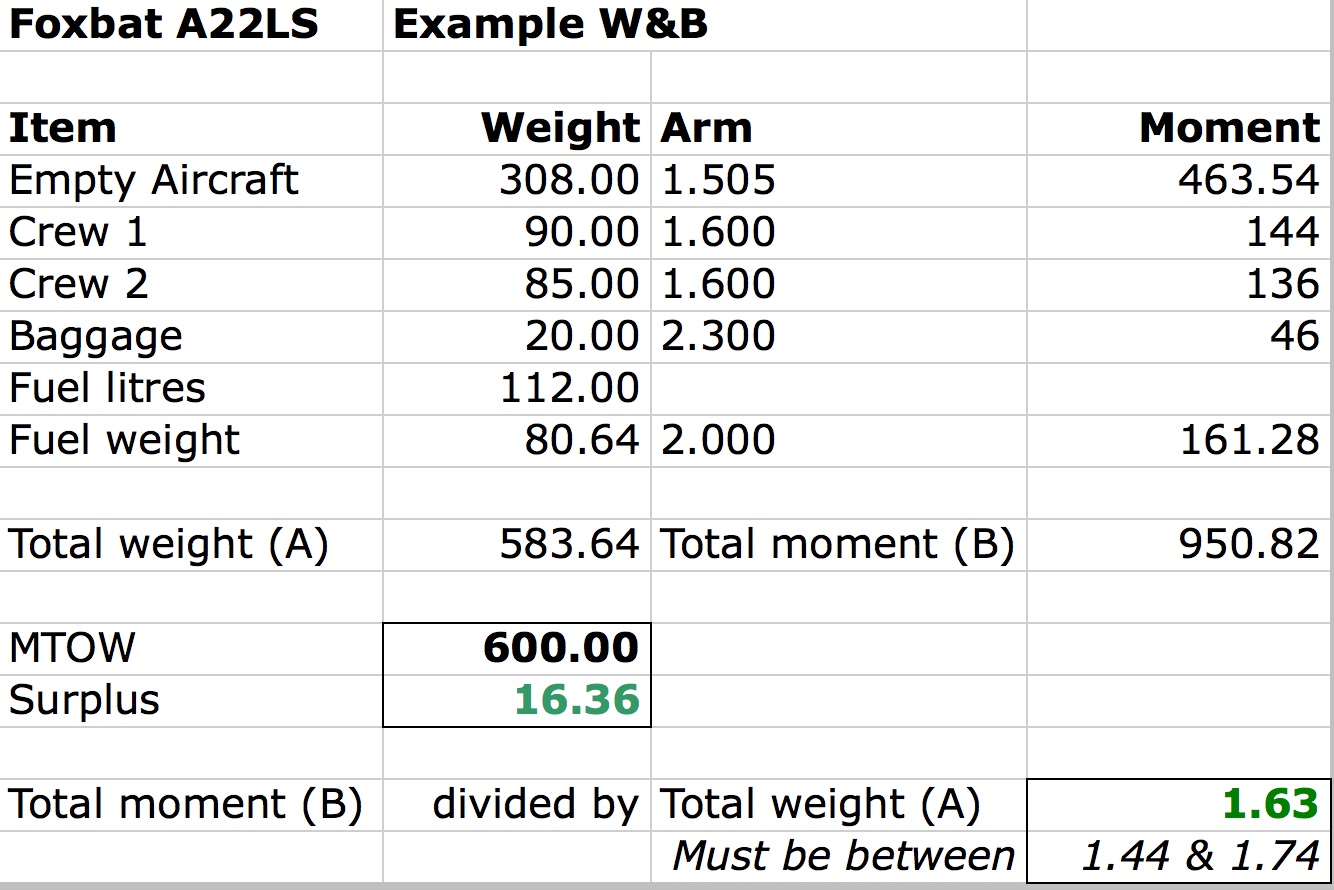
 Probably the most common comments I get from student pilots – and quite a few experienced pilots too – are about their perceived skills needed to land a light sport/recreational aircraft. In many cases, pilots make comments like: “I pulled back on the controls to flare and the aircraft just ballooned” or “it just seems to float and float along the runway; it just doesn’t want to land”.
Probably the most common comments I get from student pilots – and quite a few experienced pilots too – are about their perceived skills needed to land a light sport/recreational aircraft. In many cases, pilots make comments like: “I pulled back on the controls to flare and the aircraft just ballooned” or “it just seems to float and float along the runway; it just doesn’t want to land”.
 …and have a lot of fun, in a few easy steps.
…and have a lot of fun, in a few easy steps.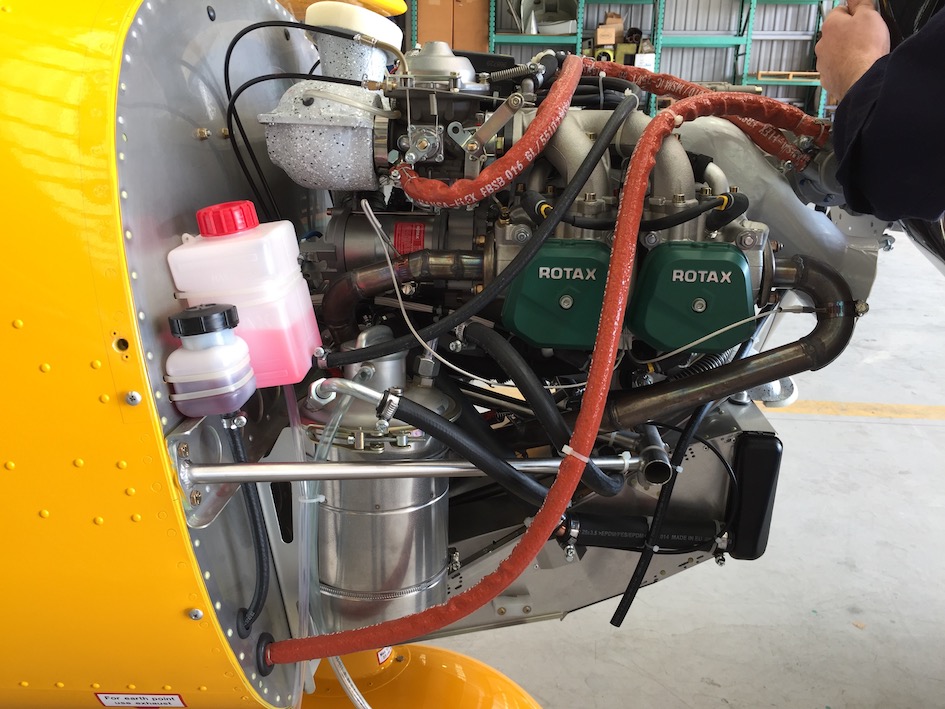 Over two years ago, I wrote
Over two years ago, I wrote 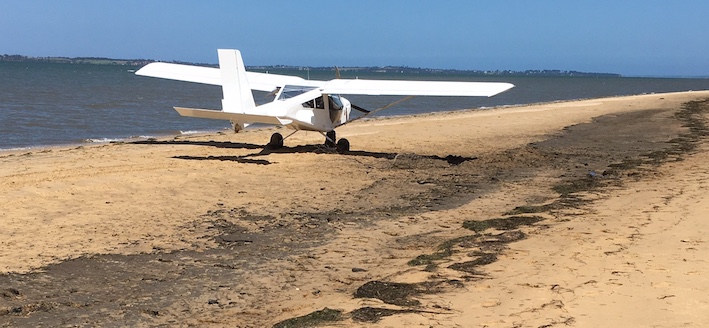 This afternoon (25 February) an A22LS made a beach landing at the eastern tip of French Island, Victoria.
This afternoon (25 February) an A22LS made a beach landing at the eastern tip of French Island, Victoria.